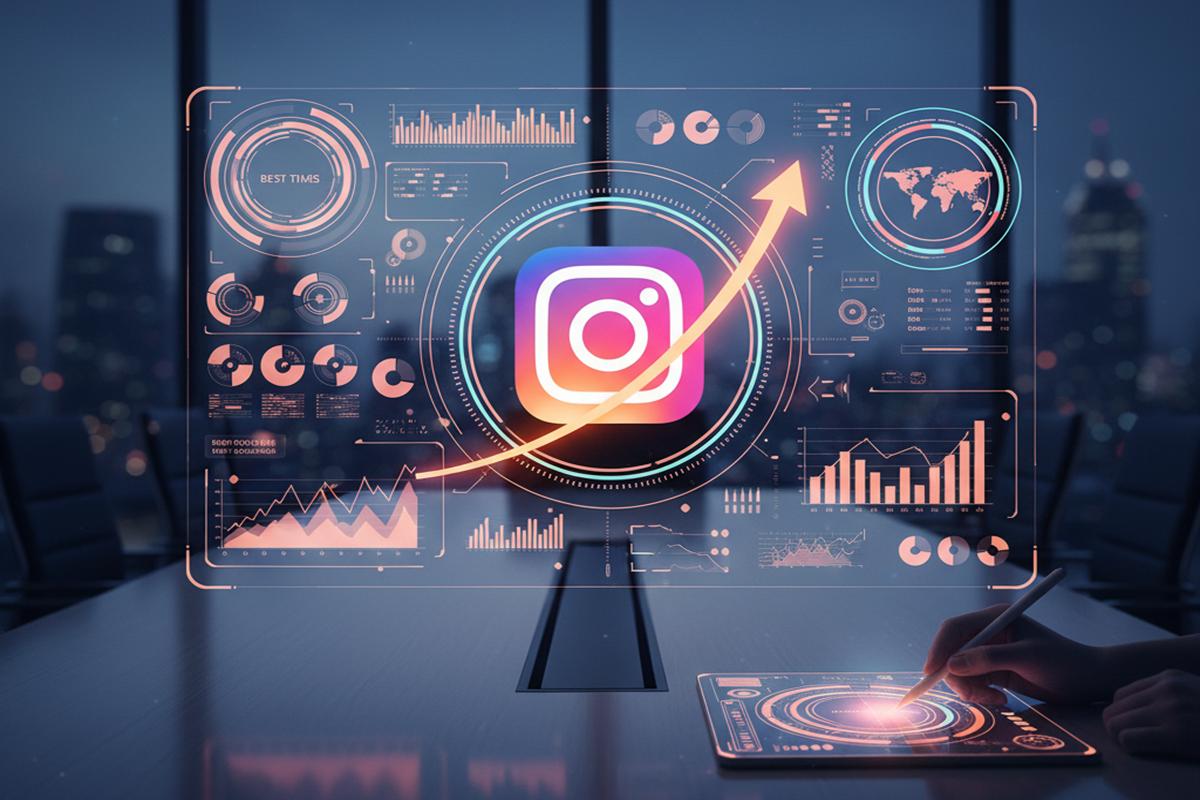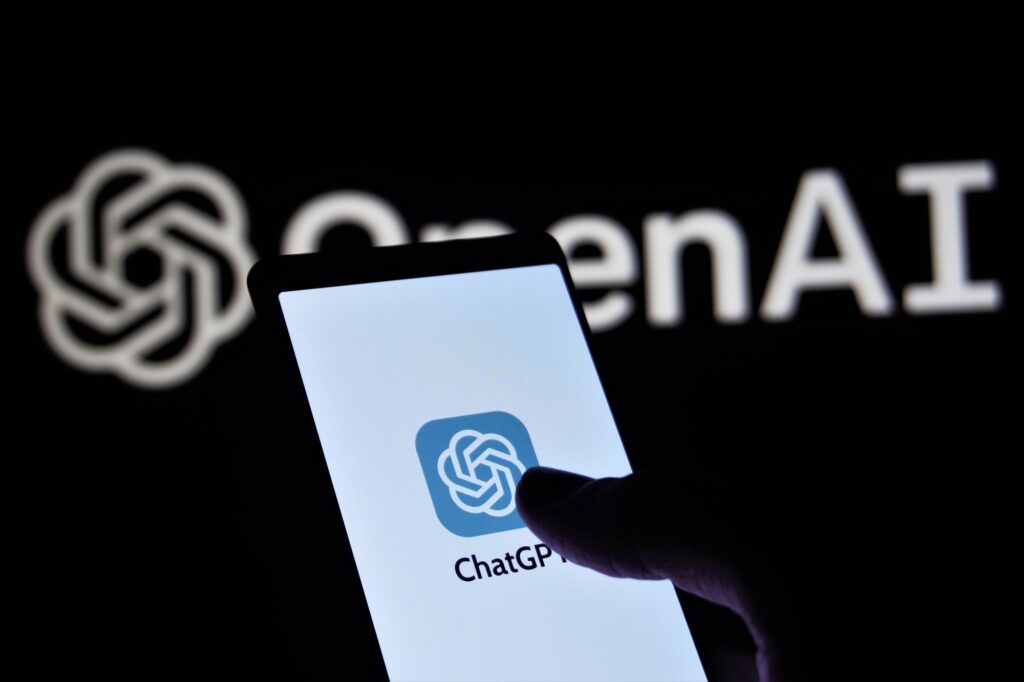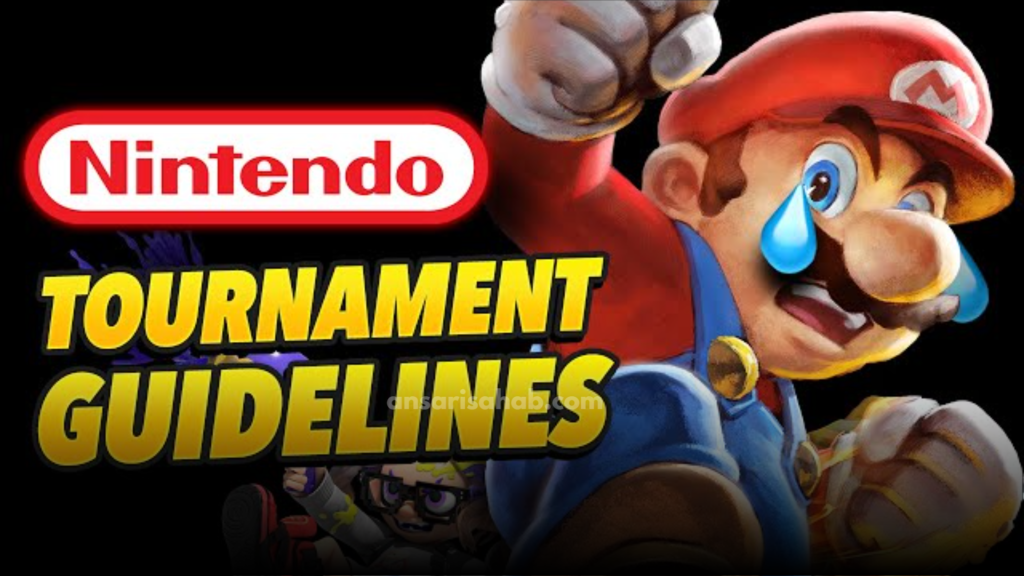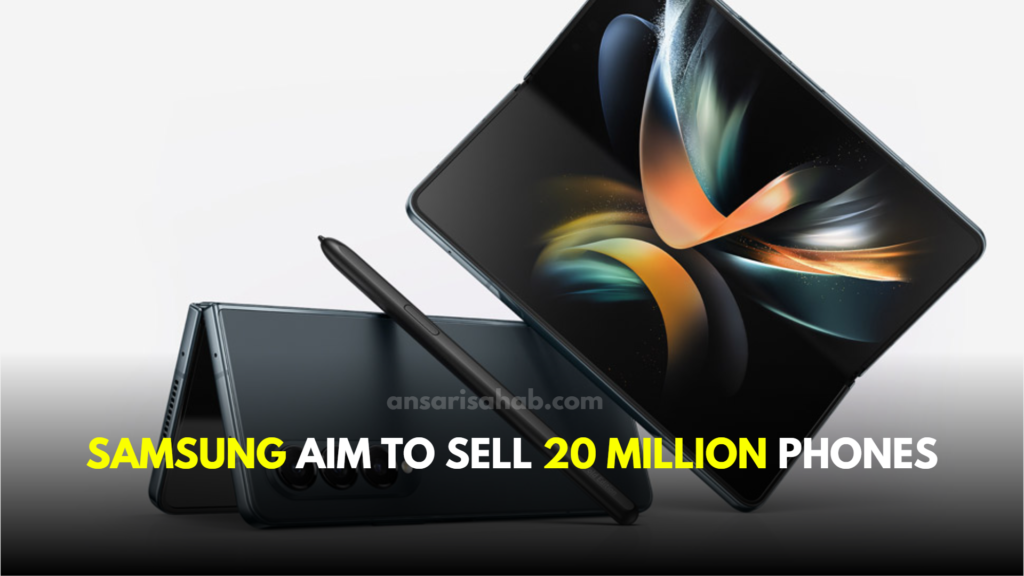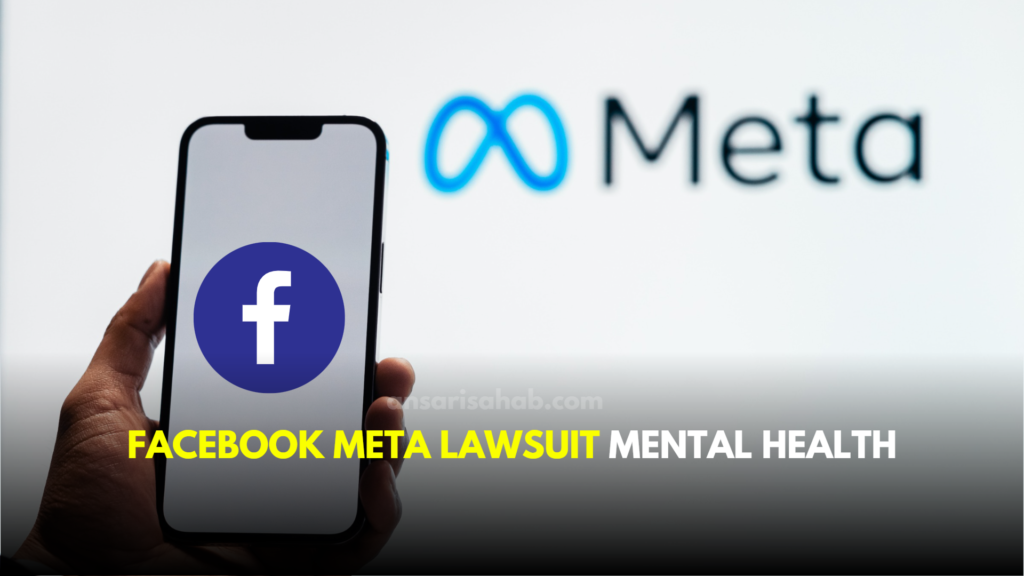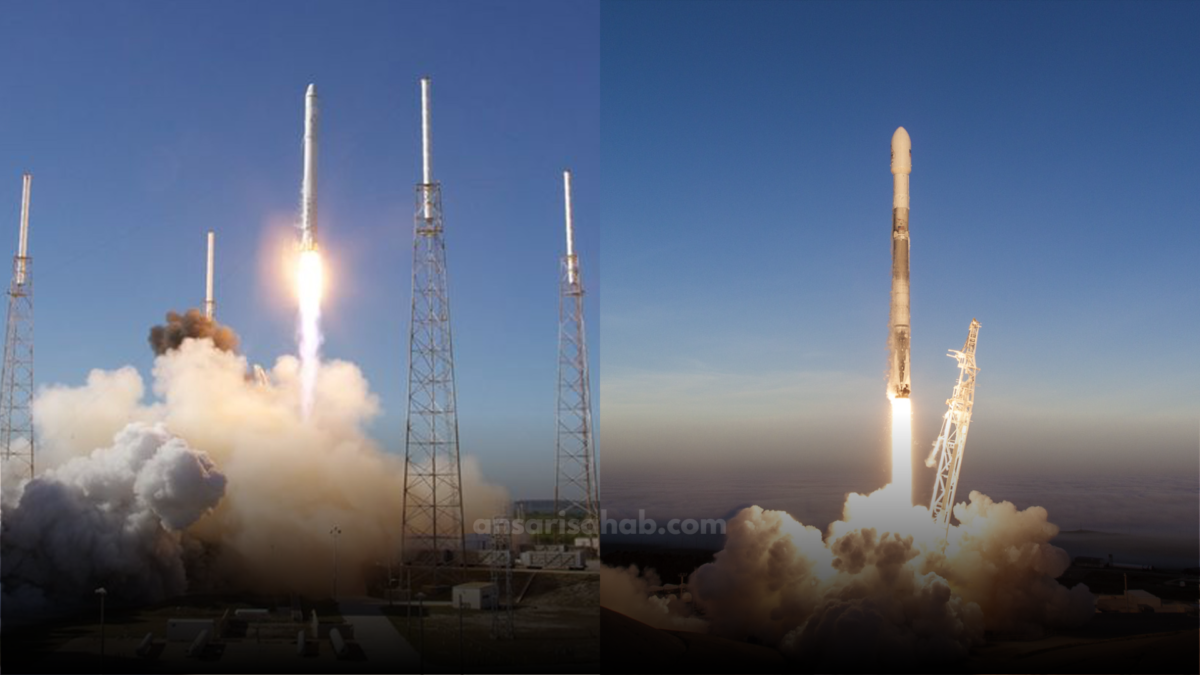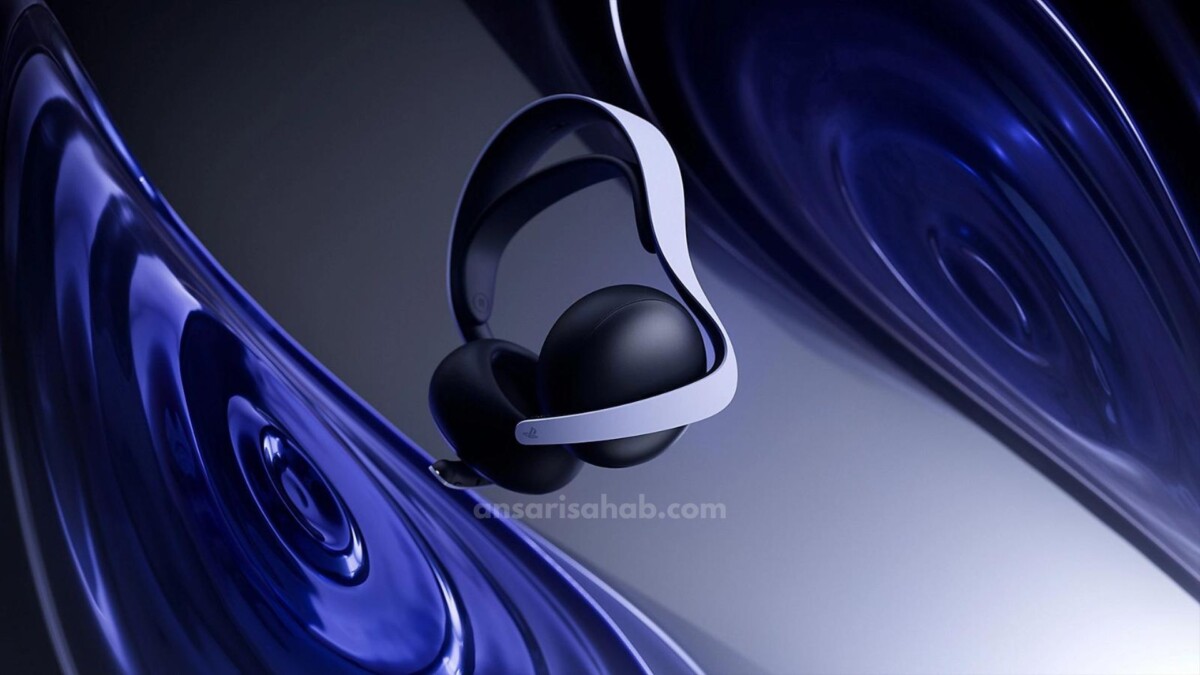A new wave of industry data in 2025 highlights that timing has become a crucial factor for brands and creators who aim to dominate feed visibility and interaction. Knowing the best times to post on Instagram can dramatically increase reach and engagement across U.S. audiences — and several recent studies offer actionable time windows that marketers should prioritise.
Data Reveals Optimal Posting Windows
Analysis from Sprout Social found that the most effective times to post on Instagram in the U.S. are Monday through Thursday between roughly 10 a.m. and 3 p.m. local time. Meanwhile, research from Sprinklr suggests a dual-peak pattern: between 7 a.m.–10 a.m. and 7 p.m.–10 p.m. PST (which corresponds broadly to 10 a.m.–1 p.m. and 10 p.m.–1 a.m. Eastern) are high-activity windows.
Together, these findings indicate brands should focus on mid-morning through early afternoon on weekdays, and consider evening slots for extended reach. Weekend engagement, by contrast, remains less consistent and typically lower.
Why Timing Matters in the U.S. Market
Feed Competition & Algorithmic Timing
In 2025, the Instagram algorithm continues to favour freshness, engagement velocity and early interactions. Posts that receive reactions quickly are more likely to be surfaced higher in followers’ feeds. Late-day posting or off-peak slots make it harder to get that early momentum. Timing your post during your audience’s active window improves chances of rapid engagement.
U.S. Workday Routines and Device Usage
The typical U.S. weekday offers clear peaks for Instagram usage: early morning commutes, lunch breaks and early-evening “wind-down” scrolls. Studies show brands that hit those windows gain more impressions. For example, Sprout Social’s dataset shows higher engagement during mid-morning and early afternoon rather than late evening or early morning.
Content Format Implications
The best times to post on Instagram may differ by content format (Feed vs. Story vs. Reels). For example, short-form Reels may benefit from evening peaks when users relax and watch for entertainment, while static Feed posts may perform better during the lunch slump timeframe when users catch up quickly. Understanding these format-specific rhythms complements the overall timing strategy.
Practical Times to Prioritise & How Brands Are Using Them
Brands and creators aiming to maximise U.S. Instagram performance this year should consider the following schedule strategy:
- Primary weekday window: Tuesday to Thursday, 10 a.m.–3 p.m. local time. Sprout Social identifies this as the best consistent block for reach.
- Secondary windows: Early morning (7 a.m.–9 a.m.) for East Coast and late evening (7 p.m.–10 p.m.) for West Coast roll-out. Sprinklr’s dual-peak data supports this.
- Weekend caution: While not off-limits, weekends show more scattered engagement. If posting then, choose strong creative or Reels formats, perhaps Saturday mornings (8-10 a.m.) or Sunday evenings (6-9 p.m.).
- Format alignment: Use Reels or Stories in the evening slot for more relaxed users. Reserve feed posts and carousels for mid-morning to early afternoon.
- Audience tuning: Use Instagram Analytics to tailor the times further. General windows help, but your specific audience may skew earlier or later depending on time zone, age group and content niche. Later’s tool emphasises this customisation.
Challenges & Nuances U.S. Businesses Should Know
Timing alone won’t guarantee engagement — quality, relevance, and context remain critical. Moreover:
- Time zones matter: U.S. audiences span multiple time zones. A post at 10 a.m. Eastern is 7 a.m. Pacific — early for West Coast users. Brands with national audiences may need to stagger or target specific zones.
- Content format affects timing: As noted, what works for Reels may differ for static posts or Stories.
- Algorithm change risk: Instagram’s algorithm behaviour can shift. Regular testing and adaptation remain vital — relying solely on today’s “best time” may backfire if user behaviour changes.
- Weekend variability: Many studies show weaker patterns on weekends. Brands should monitor whether their niche audience remains active on weekends before committing major launches then.
- Audience uniqueness: Some niches (luxury, B2B, travel) may see different usage peaks. As InfluencerMarketingHub notes: “Your best time depends on your audience’s habits.”
What This Means for U.S. Marketers and Creators
For U.S.-based brands or those targeting U.S. users, the takeaways are straightforward:
- Align your posting calendar to the mid-morning and early-afternoon windows Tuesday-Thursday and supplement with morning or evening posts where relevant.
- Map your content format (feed image, carousel, Reels) to the engagement rhythm: feed/carousel for midday; Reels/Stories in evenings or early-morning catch-ups.
- Use your analytics to refine: monitor when your users are active, when they engage most, and test posting just before, during and after the suggested windows to find your unique sweet-spot.
- Don’t neglect quality: creativity, value and authenticity drive engagement just as much as timing. Posts timed perfectly but poorly crafted may still under-perform.
- Plan ahead: schedule posts for ideal times rather than rushing to publish when convenient. This discipline pays off in higher reach and interaction.
Conclusion
Understanding and leveraging the best times to post on Instagram for U.S. audiences in 2025 is no longer a nice-to-have — it’s a strategic necessity. While content remains king, timing unlocks reach, ensures your message surfaces in the right moment, and helps you compete in an algorithm-driven feed. If your U.S. brand or creator account is not yet scheduling posts around these data-backed time windows, you’re leaving opportunity on the table. Embrace timing, experiment, track results — and you’re far likelier to turn followers into meaningful engagement and business outcomes.

